More about Where Do We Come From? What Are We? Where Are We Going?
- All
- Info
- Shop

Contributor
Paul Gauguin’s Where Do We Come From? What Are We? Where Are We Going? was his last hurrah before he tried to kill himself.
Gauguin was in Tahiti and having a rough go of it. His favorite daughter just died. He was in massive amounts of debt, and he may or may not have had syphilis. There was not much keeping him around at this point and he resolved to paint one last giant artwork, and then overdose on arsenic. He made the painting in a month, working day and night, and when it was time for him to attempt suicide, he failed. This is great for two reasons. The first is that it would have been a shame for such a talented artist to die early. The second is that we now have Gauguin’s comments on this work, which we wouldn’t had he succeeded.
In a note to his friend Daniel de Monfried in Paris, who was left in charge of selling Gauguin’s work while he flounced around Tahiti, “They will say it is careless, unfinished. It is true that one is not a good judge of one's own work, nevertheless I believe that this canvas not only surpasses all my previous work, but that I will never do anything better or even like it.”
If you look at the painting, Gauguin’s biggest at five feet by twelve, it reads like an ancient scroll and, from right to left, answers the questions asked in the title. If you didn’t know any better and read the painting from left to right (silly Westerners), you might assume that Gauguin was the one who came up with the idea for The Curious Case of Benjamin Button. This is not the case.
As art historian Dr. Noelle Paulson describes, it goes "from the sleeping infant—where we come from—to the standing figure in the middle—what we are—and ending at the left with the crouching old woman—where we are going.” It has all the little details of life in between these groups. You have dogs, cats, birds, goats, and on a bigger scale, religion (indicated by the big blue statue that represents “the Beyond”) and nature (indicated by the nature).
There aren’t any men, but who needs ‘em when you have so many animals? The top corners, made to look like aging paper, contain the title of the painting, and Gauguin’s signature.
Gauguin sold this painting for what would be $12,342 today. It bopped from gallery to gallery until the Museum of Fine Arts in Boston bought it for $80,000 in 1936. It’s gone up in value now but that was the price for Gauguin’s suicide painting at the time. Poor guy.
Sources
- Meier, Allison. "Posthumous Prognosis For Supposedly Syphilitic Gauguin, Via His Teeth." Hyperallergic. N.p., 2014. Web. 24 Aug. 2018.
- Paulson, Dr. Noelle. "Gauguin, Where Do We Come From? What Are We? Where Are We Going?." Khan Academy. Web. 24 Aug. 2018.
- Smee, Sebastian. "At The MFA, Looking At Gauguin’S ‘Where Do We Come From? What Are We? Where Are We Going’ Next To Cezanne’S ‘The Large Bathers.’" BostonGlobe.com. N.p., 2013. Web. 24 Aug. 2018.
- Where Do We Come From? What Are We? Where Are We Going? 1897 By Paul Gauguin." Gauguin.org. Web. 24 Aug. 2018.
- "Where Do We Come From? What Are We? Where Are We Going?." Museum of Fine Arts, Boston. N.p., 2018. Web. 24 Aug. 2018.
Featured Content
Here is what Wikipedia says about Where Do We Come From? What Are We? Where Are We Going?
Where Do We Come From? What Are We? Where Are We Going? (French: D'où venons-nous ? Que sommes-nous ? Où allons-nous ?) is a 1897–98 painting by French artist Paul Gauguin. The painting was created in Tahiti, and is in the Museum of Fine Arts in Boston, Massachusetts. Viewed as a masterpiece by Gauguin, the painting is considered "a philosophical work comparable to the themes of the Gospels".
The painting is notable for its enigmatic subject and atmosphere. Some scholars have attributed these qualities to personal conflicts that Gauguin experienced while creating this artwork. It is an accentuation of Gauguin's trailblazing Post-Impressionistic style.
Frizeau sold the painting around 1913 to Galerie Barbazanges, which sold it before 1920 to the Norwegian ship owner and art collector Jørgen Breder Stang [no]. He sold the painting via Alfred Gold in 1935, and it was bought by the Marie Harriman Gallery in New York City in 1936. The Museum of Fine Arts, Boston, acquired it from the Marie Harriman Gallery on 16 April 1936.
Check out the full Wikipedia article about Where Do We Come From? What Are We? Where Are We Going?

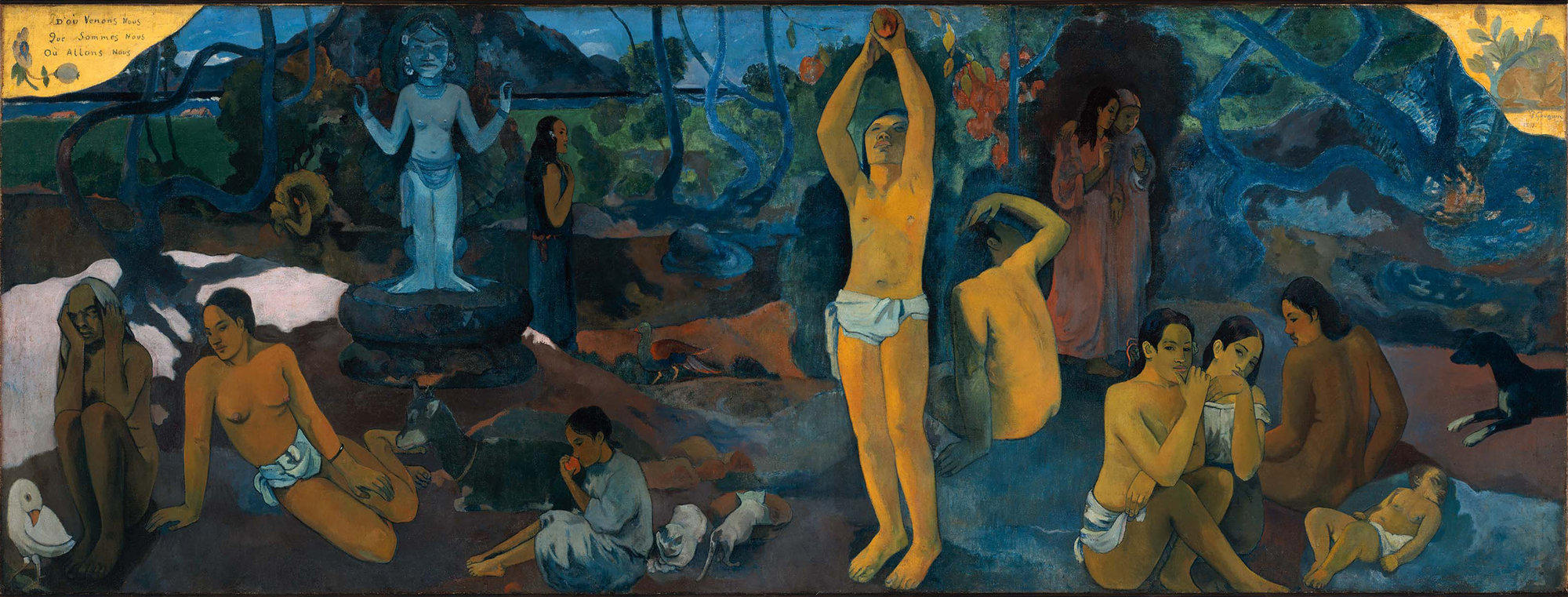
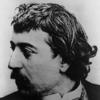

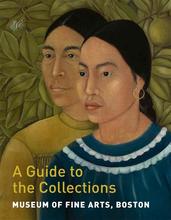
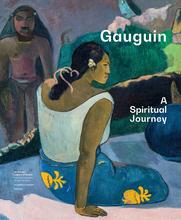
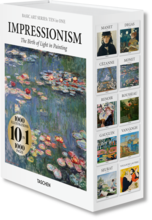









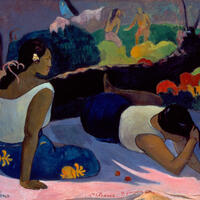
Comments (2)
Gauguin should have killed himself earlier.